Beyond the spreadsheet: revolutionizing elderly care with software
For decades, the backbone of many an elderly care home has been a familiar duo: the humble paper chart and the ever-versatile Excel spreadsheet
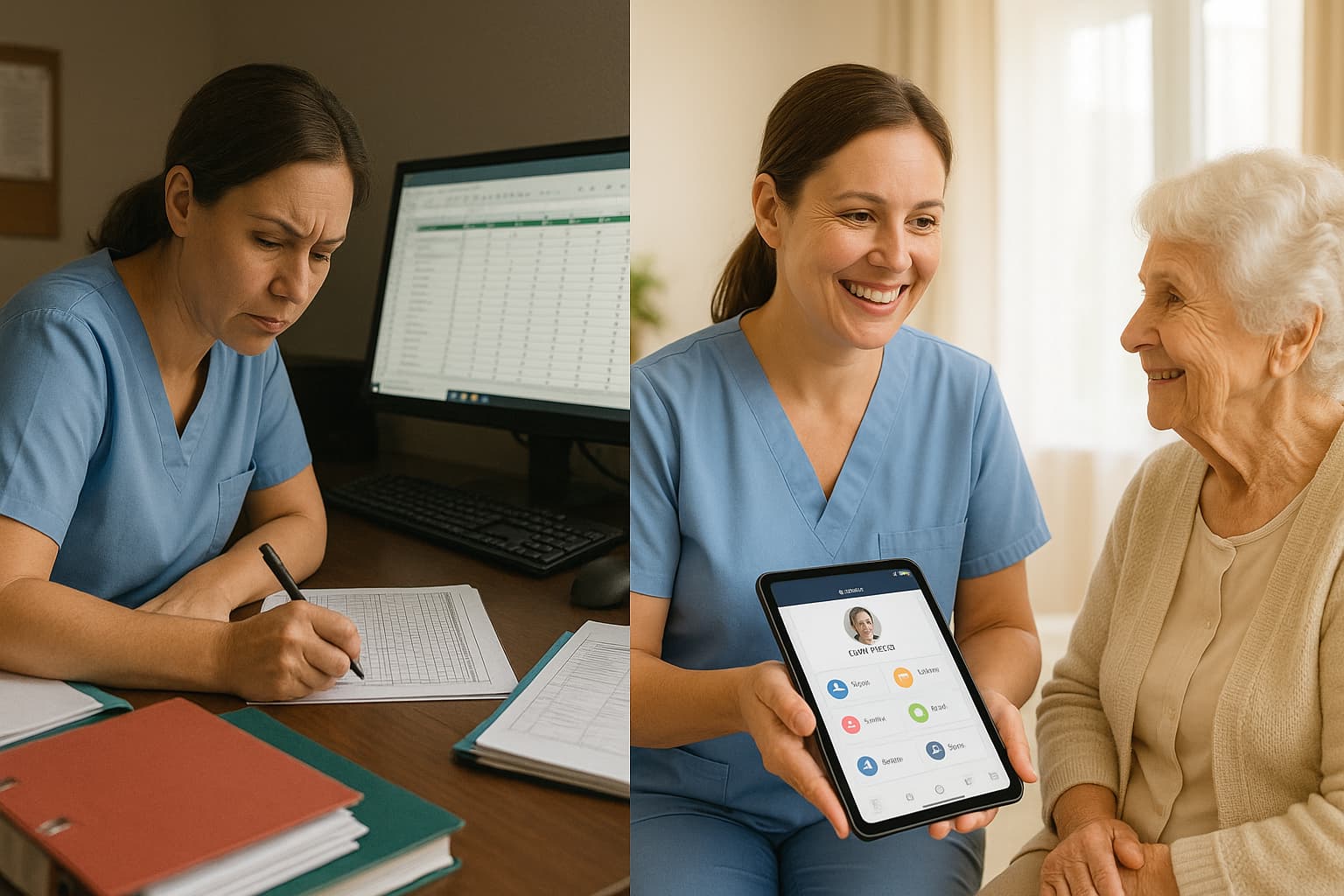
While tools like paper and excel have served their purpose, the demands of modern care — increasing complexity, regulatory pressures, and the desire for more personalized resident experiences — are pushing them to their limits. The whispers of "there has to be a better way" are growing louder, and the answer, for many forward-thinking institutions, is a resounding "yes!" in the form of specialized care management software.
This isn't just about digitizing existing processes; it's about a fundamental shift in how care is delivered, managed, and improved. Imagine a world where every piece of resident information – medical history, medication schedules, dietary needs, personal preferences, even their favorite stories – is instantly accessible, always up-to-date, and securely stored. This is the promise of software in elderly care, a promise that is rapidly becoming reality.
The Tangled Web of Paper and Pencils
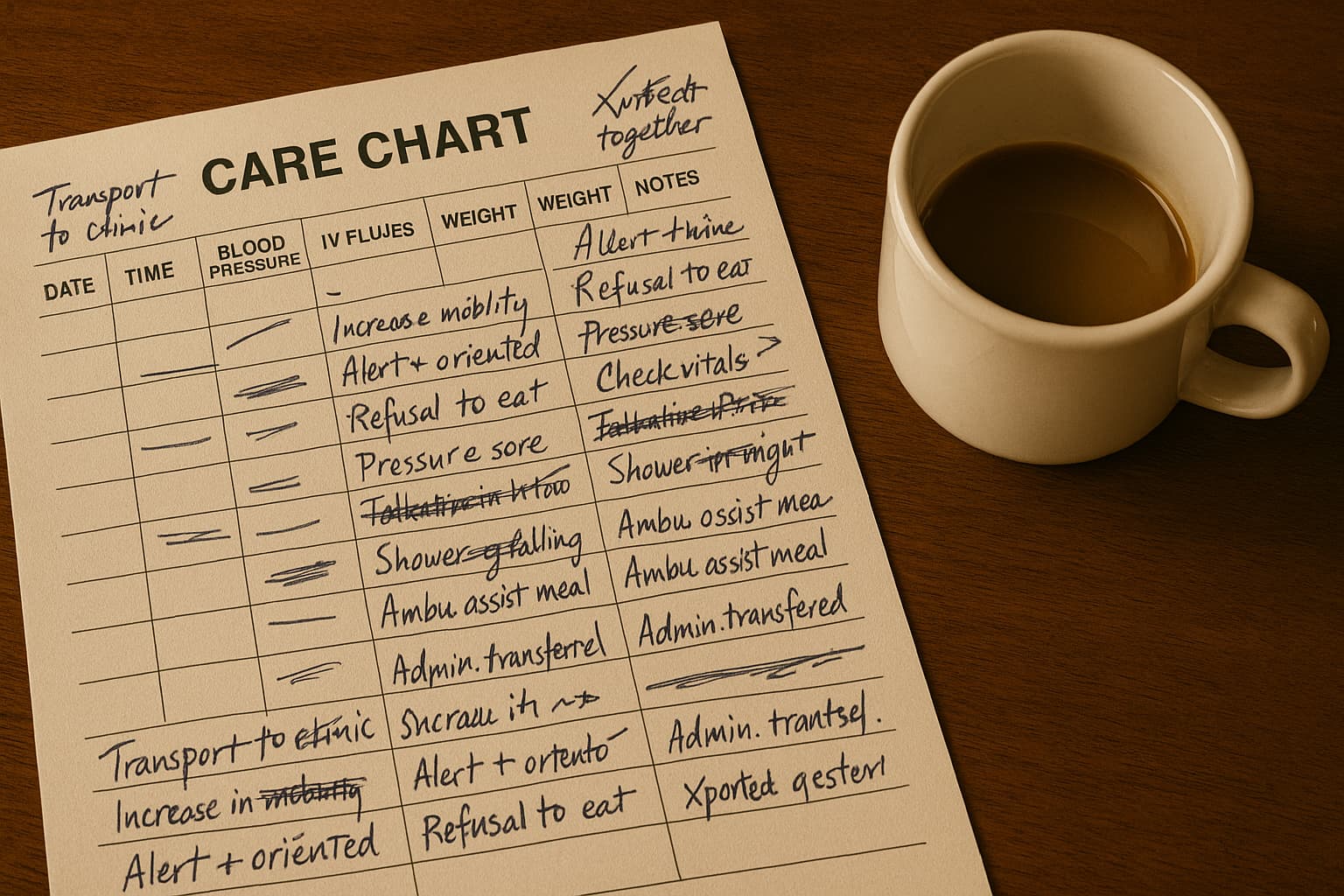 Consider the daily routine in a traditional care home. Caregivers meticulously fill out paper charts, transcribe notes, and update medication logs by hand. Administrators grapple with multiple Excel spreadsheets for scheduling, billing, and inventory, often leading to data silos and inconsistencies. A simple update, like a change in a resident's dietary restrictions, could involve multiple manual entries across different documents, increasing the risk of errors and omissions.
Consider the daily routine in a traditional care home. Caregivers meticulously fill out paper charts, transcribe notes, and update medication logs by hand. Administrators grapple with multiple Excel spreadsheets for scheduling, billing, and inventory, often leading to data silos and inconsistencies. A simple update, like a change in a resident's dietary restrictions, could involve multiple manual entries across different documents, increasing the risk of errors and omissions.
"Before we transitioned," recounts Maria Rodriguez, Director of Operations at "Golden Years Haven," "our caregivers spent a significant portion of their shifts on paperwork. It was a constant battle against mountains of files, and trying to track resident progress or identify trends was like searching for a needle in a haystack."
The Dawn of Digital Efficiency
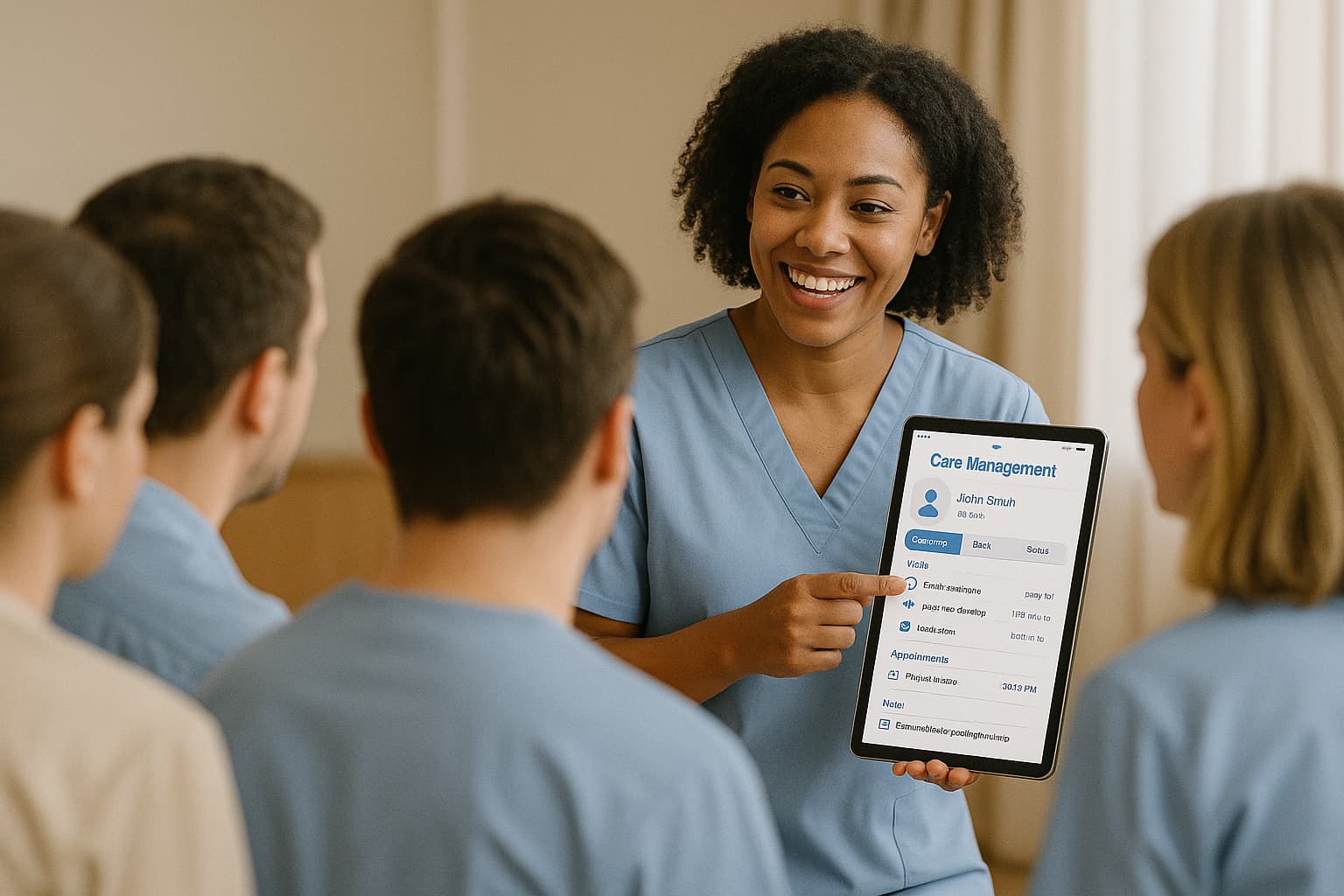 The transition to software isn't just about saving trees; it's about unlocking unprecedented levels of efficiency and accuracy. Modern care management systems offer a holistic view of each resident. From admission to discharge, every interaction, every observation, and every medication administered is logged in real-time. This eliminates redundant data entry, reduces the potential for human error, and frees up valuable time for caregivers to do what they do best: provide compassionate care.
The transition to software isn't just about saving trees; it's about unlocking unprecedented levels of efficiency and accuracy. Modern care management systems offer a holistic view of each resident. From admission to discharge, every interaction, every observation, and every medication administered is logged in real-time. This eliminates redundant data entry, reduces the potential for human error, and frees up valuable time for caregivers to do what they do best: provide compassionate care.
Think about medication management, a critical aspect of elderly care. With a robust software system, caregivers receive automated reminders, can digitally confirm medication administration, and flag any missed doses. This significantly reduces medication errors, a leading cause of preventable harm in healthcare settings.
Beyond Care Homes: Lessons from Other Sectors
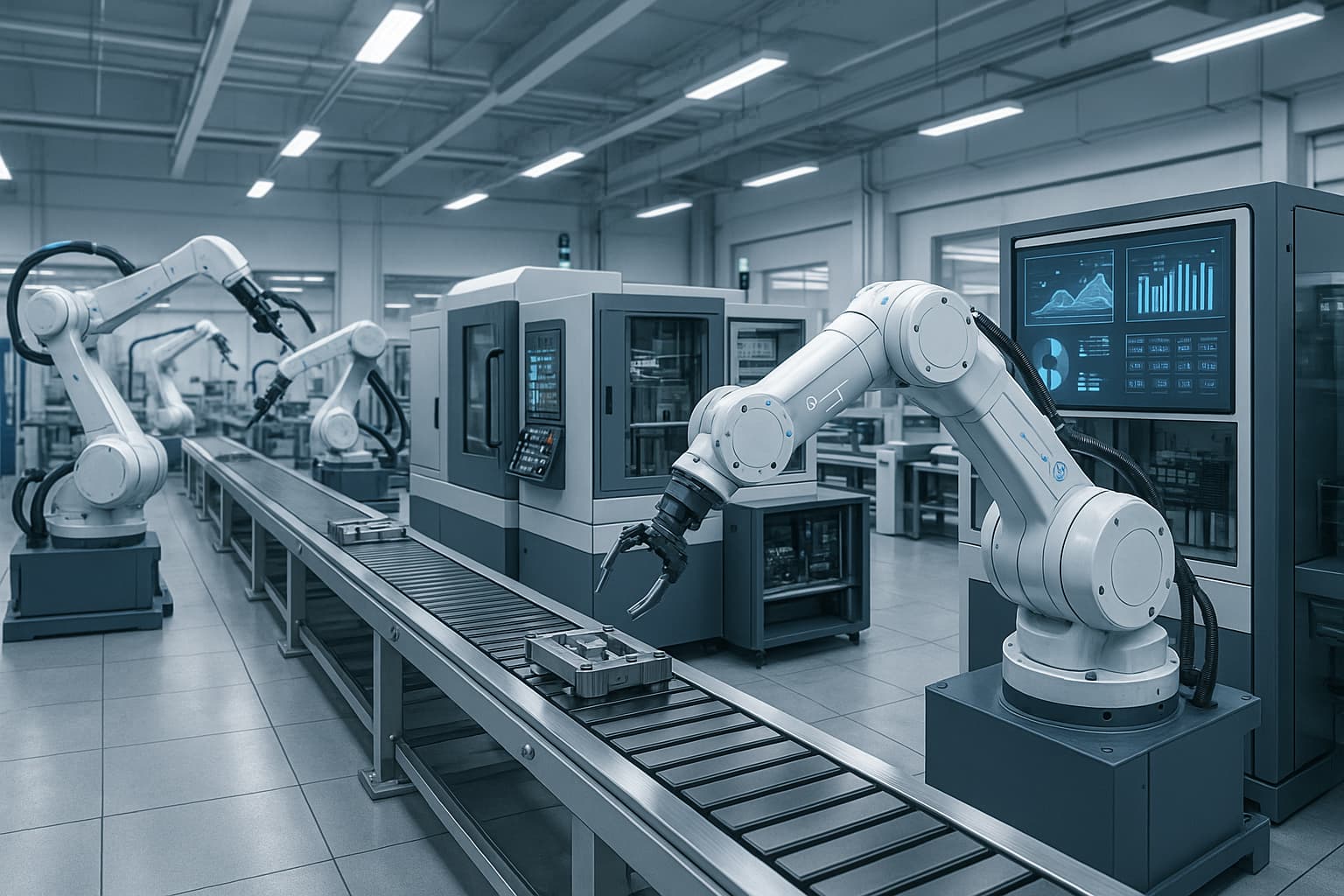 The move from manual to digital processes isn't unique to elderly care. Industries from manufacturing to retail have long embraced software to streamline operations, enhance productivity, and improve customer experience. The lessons learned from these transitions are highly relevant:
The move from manual to digital processes isn't unique to elderly care. Industries from manufacturing to retail have long embraced software to streamline operations, enhance productivity, and improve customer experience. The lessons learned from these transitions are highly relevant:
Manufacturing: Factories once relied on manual inventory tracking and handwritten production logs. Today, enterprise resource planning (ERP) systems manage everything from raw materials to finished products, optimizing supply chains and minimizing waste.
Retail: Small businesses used to manage sales and inventory with pen and paper or basic spreadsheets. Point-of-sale (POS) systems now integrate inventory, sales data, and customer information, providing valuable insights and improving efficiency.
Education: Schools are moving away from paper attendance sheets and grade books to learning management systems (LMS) that simplify administration, facilitate communication, and enhance the learning experience.
The core principle remains the same: by leveraging technology to automate repetitive tasks and centralize information, organizations can focus on their core mission with greater precision and impact.
The Human Element: Enhancing Care, Not Replacing It
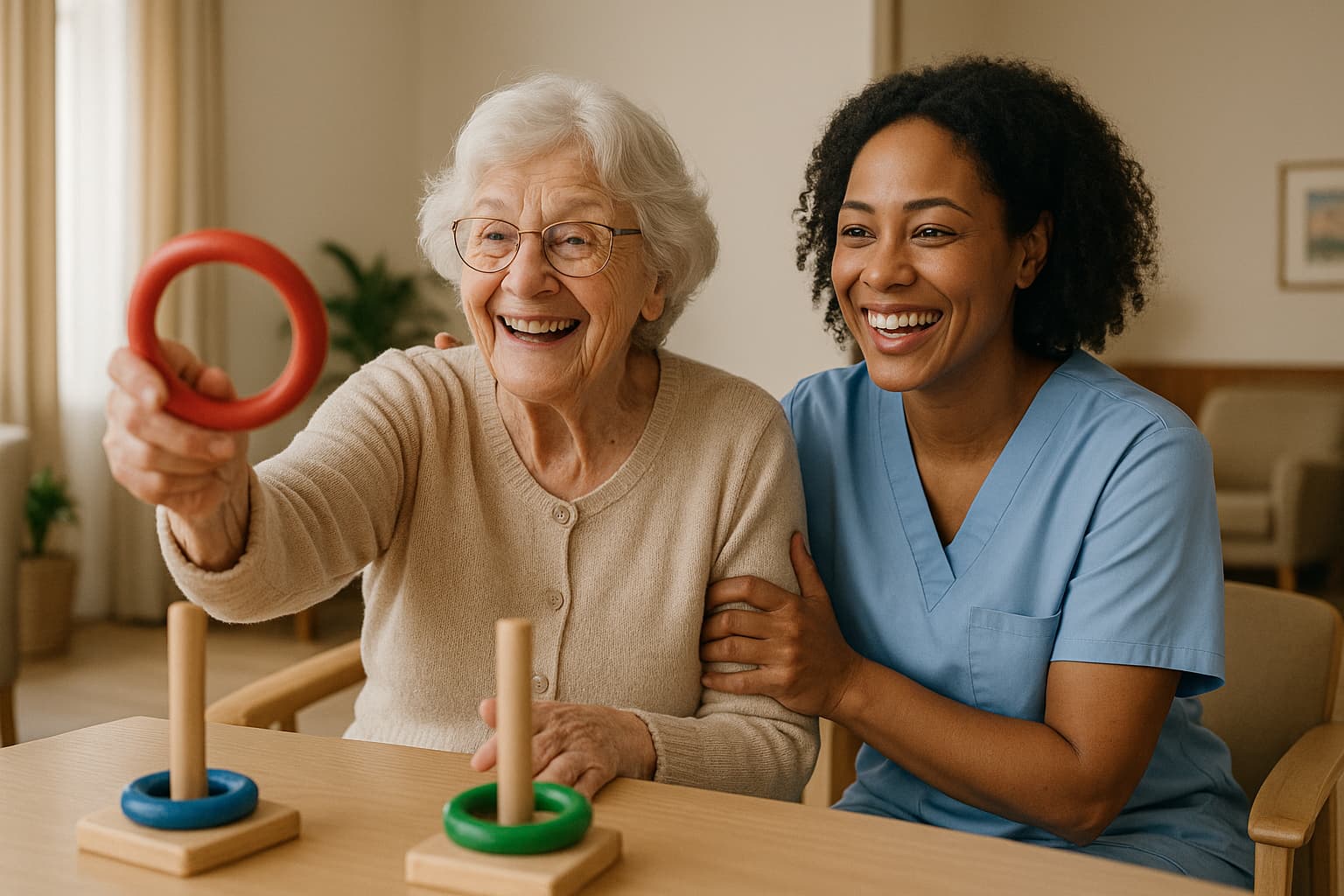 It's crucial to understand that software in elderly care isn't about replacing the human touch; it's about empowering it. By reducing the administrative burden, caregivers have more time and mental energy to spend with residents, engaging in meaningful conversations, providing emotional support, and facilitating activities.
It's crucial to understand that software in elderly care isn't about replacing the human touch; it's about empowering it. By reducing the administrative burden, caregivers have more time and mental energy to spend with residents, engaging in meaningful conversations, providing emotional support, and facilitating activities.
"Our caregivers feel less stressed and more fulfilled," says Mark Chen, IT Manager at "Evergreen Senior Living," which completed its digital transformation last year. "They're no longer bogged down by paperwork. Instead, they're spending that time building stronger relationships with our residents and ensuring their individual needs are truly met."
Furthermore, the data collected by these systems can be a goldmine for improving care quality. Identifying patterns in resident behavior, tracking the effectiveness of interventions, and proactively addressing potential health issues becomes much easier with comprehensive, accessible data. This leads to more personalized care plans and a higher quality of life for residents.
The Road Ahead: A Seamless Future
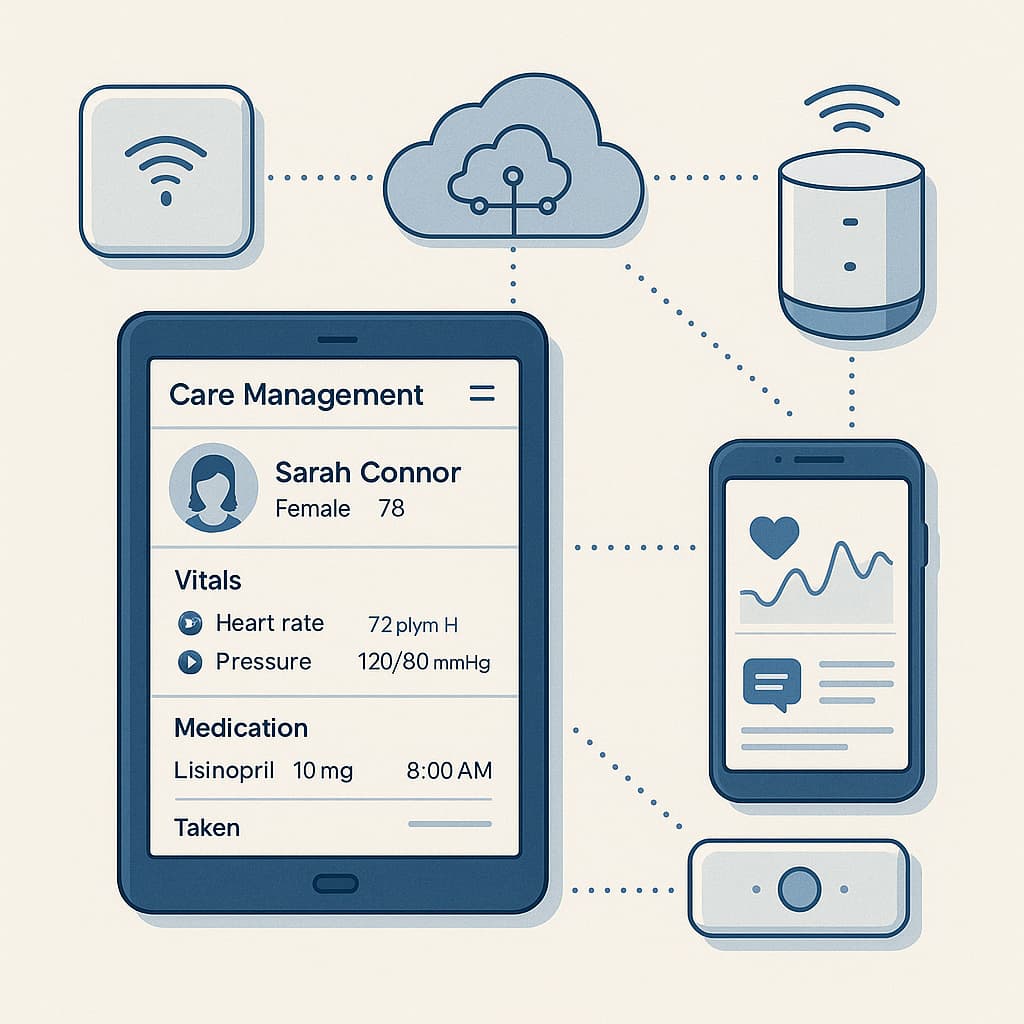 The journey from Excel and paper to sophisticated software is a transformative one, requiring careful planning, training, and a commitment to change. However, the benefits – improved efficiency, enhanced resident safety, better communication, and ultimately, a higher standard of care – are undeniable. As technology continues to evolve, we can anticipate even more innovative solutions, from AI-powered insights to integrated smart home devices, further enhancing the lives of our elderly loved ones. The future of elderly care is digital, and it's a future where compassion and efficiency walk hand-in-hand.
The journey from Excel and paper to sophisticated software is a transformative one, requiring careful planning, training, and a commitment to change. However, the benefits – improved efficiency, enhanced resident safety, better communication, and ultimately, a higher standard of care – are undeniable. As technology continues to evolve, we can anticipate even more innovative solutions, from AI-powered insights to integrated smart home devices, further enhancing the lives of our elderly loved ones. The future of elderly care is digital, and it's a future where compassion and efficiency walk hand-in-hand.
